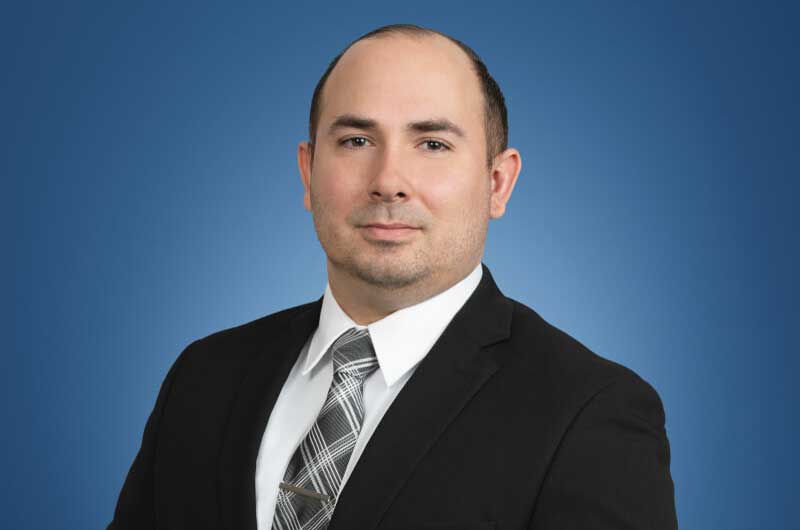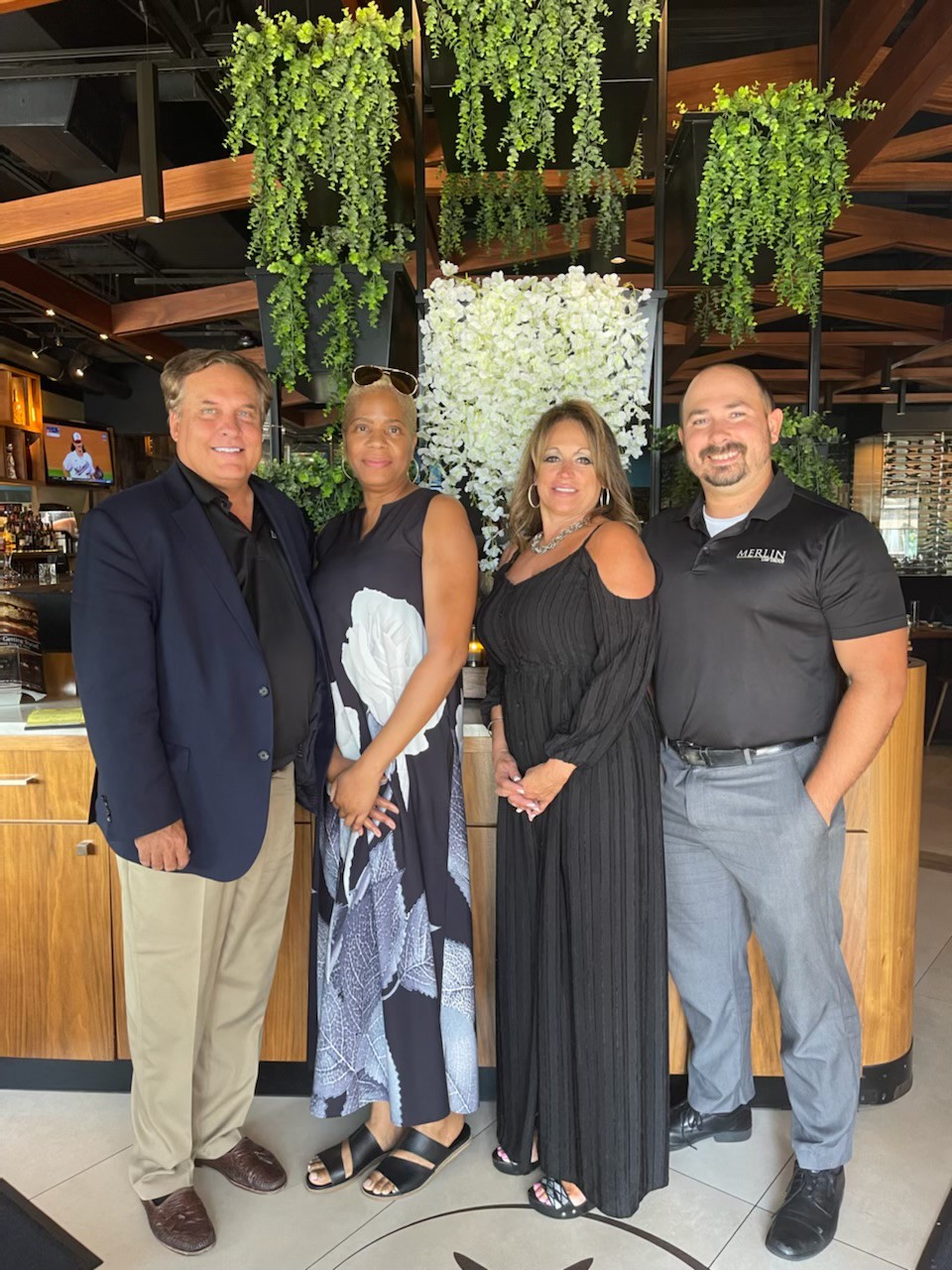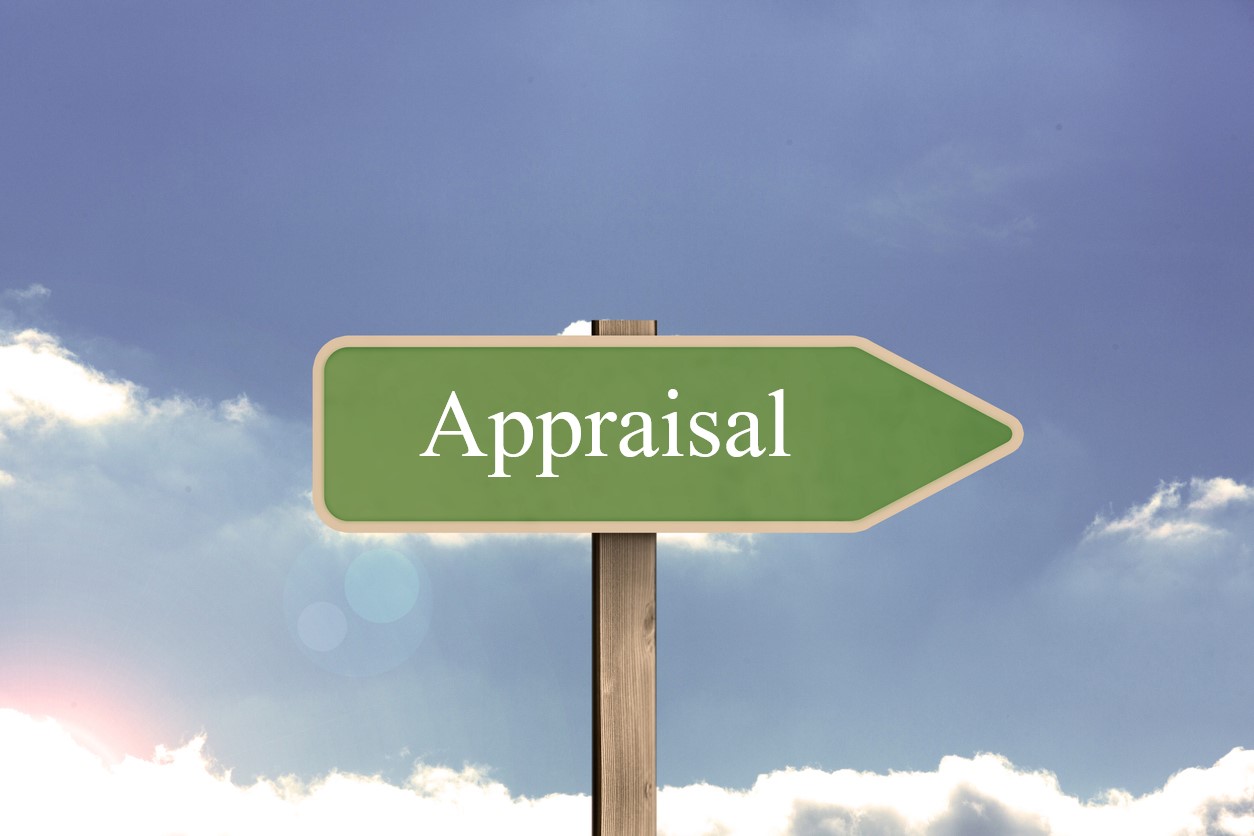Since many attorneys in our firm are litigating numerous Superstorm Sandy claims on behalf of policyholders in New Jersey and New York, this week’s post on calculating actual cash value will focus on these two states.
To determine actual cash value, New Jersey courts follows the Broad Evidence Rule.1 In New York, if the policy language is silent on the definition of “actual cash value,” the broad evidence rule is the default rule.2 The Broad Evidence Rule allows the trier of fact to consider every fact and circumstance which would logically tend to the formation of a correct estimate of the loss.3 This includes all relevant evidence of the value of the damaged property such as age of the property, the profit likely to accrue on the property, and the property’s tax value.
In New York, overhead and profit likely may be depreciated. In Mazzocki v.State Farm Fire & Cas. Corp.,4 the replacement cost estimate did not include contractor’s profit and overhead, and affected the actual cash value amount received. The issue before the court was “whether replacement cost include[d] a general contractor’s profit and overhead even if not actually incurred.” The insurer argued that profit and overhead was a contingent expense (contingent upon the property actually being repaired or replaced) and therefore should not be included. The court ruled that the insurer had to include profit and overhead in replacement costs and in actual cash value, whenever a general contractor would be needed.5 The court rejected State Farm’s argument that since such an expense may not be incurred, it is contingent and should not be included. “[W]e conclude that a replacement cost estimate is equally hypothetical or contingent as to all materials, labor and contractor services.”6 Therefore, the matter was remitted back to the trial court for further proceedings to determine whether the loss had been reasonably likely to require a general contractor. If so, actual cash value should have included the amount.
1 Lancellotti v.Maryland Cas. Co., 617 A. 2d 296, 298‐99 (N.J. Super. Ct. 1992); Messing v. Reliance Ins. Co., 187 A. 2d 49, 51 (N.J. Super. Ct. 1962).
2 SR Int’l Bus. Ins. Co. v. World Trade Center Props., LLC, 445 F. Supp. 2d 320, 342‐45 (S.D.N.Y. 2006), citing McAnarney v. Newark Fire Ins. Co., 159 N.E. 902 (N.Y. 1928).
3 Mazzocki v. State Farm Fire & Cas. Corp., 766 N.Y.S.2d 719 (N.Y. App. Div. 2003).
4 Id. at 722.
5 Id.
6 Id.




